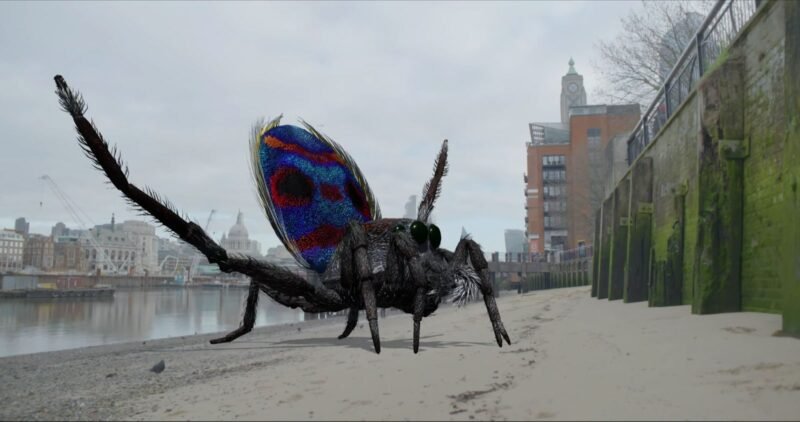The Architecture Of Peacekeeping
The Good Cause is a research project and exhibition by Archis about how architecture and design can contribute to a sustainable world peace. The exhibition runs from the March 9 onwards at The Hague architecture institute Stroom as a Part of the See You in The Hague program, and will end with a conference addressing the military, political and cultural complexity of rebuilding operations. The exhibit coincides with the Nuclear Security Summit 2014, an international summit on March 24-25 at which 60 world leaders will be discussing the prevention of nuclear terrorism.
The Nuclear Security Summit (NSS) is the biggest safety operation in Dutch history. Almost 60 world leaders and over 5,000 delegation members are visiting The Hague, not to forget the 3,000 journalists that travel in their slipstream. Every day of the summit 13,000 police men have to control this temporary infiltration of diplomacy. An unaccessible, temporary city surrounded by fences, barriers, detours, cameras, and observations posts has occupied a large part of the usually quiet and peaceful city of The Hague, which is quite interesting in the context of pop-up urbanism.


The Nuclear Security Summit is the largest safety operation in Dutch history. Parts of The Hague have been turned into unaccessible security zones. — Photo #2 courtesy Denis Guzzo
An international circus of diplomats, lawyers, politicians, lobby groups, and journalists has traveled the world to temporarily strike down in a city that had to completely rearrange its urban setting for only two days. What does it mean to be an international city? That’s what The Hague experiences these days. But it’s not only The Hague that plays in this league of relatively unimportant cities that only find the international eyes on them during special events like this international summit. In the niche scene of diplomacy, for instance, cities like Geneva, Strasbourg, Kyoto, Brussels and Helsinki compete with The Hague.

The Hague wants to brand itself as the International Capital of Peace and Justice. — Photo courtesy Denis Guzzo
The See You in The Hague program sheds a light on both the bright and dark side of accommodating institutions like Europol, the NATO Communications and Information Agency, and the International Court of Justice, and branding the city as the International Capital of Peace and Justice to the outside world. Although a Nuclear Security Summit isn’t exactly the Olympic Games, it’s definitely part of a global series of events, institutions and titles (the FIFA World Cup, a local MIT branch, being awarded World Design Capital, etc.) that cities and countries try to attract with costly bid-books and extensive marketing budgets. These efforts create momentum for large-scale developments, attract tourists, and boost the local economy. More than 50 hotels, for instance, are taken over by journalists, diplomats and leaders during the NSS, and also the catering, security and sex business benefit abundantly from the temporary city that plugs into The Hague. Local escort girls, for instance, are expecting a peak week according to Dutch news website Sp!ts.

But hosting an international summit has another side. A large part of The Hague has become an unaccessible security zone surrounded by cameras, temporary walls and roadblocks. Especially inhabitants of this so-called international zone face serious discomfort, mainly caused by security measures. The ambition to be the International Capital of Peace and Justice could also mean being the International Capital of Conflict and Threat for a while. The focus of almost every conflict in the world is temporarily brought to The Hague during the summit, changing the city into a temporary warzone. Being a temporal international city ain’t that easy.


The Good Cause will be on show at Stroom in The Hague until June 1. — Photos courtesy Denis Guzzo
Want to visit The Good Cause? (Huge recommendation for journalists coming to The Hague for the NSS!) The exhibit will be open during the NSS on Monday March 24 and Tuesday March 25 between 12 and 5 PM. The exhibition shows inspiring, hopeful examples of interventions by architects and city planners in post-conflict areas in South Africa, Afghanistan, Israel, Palestina, Rwanda, Kosovo and distills a number of ‘key factors for success’.



